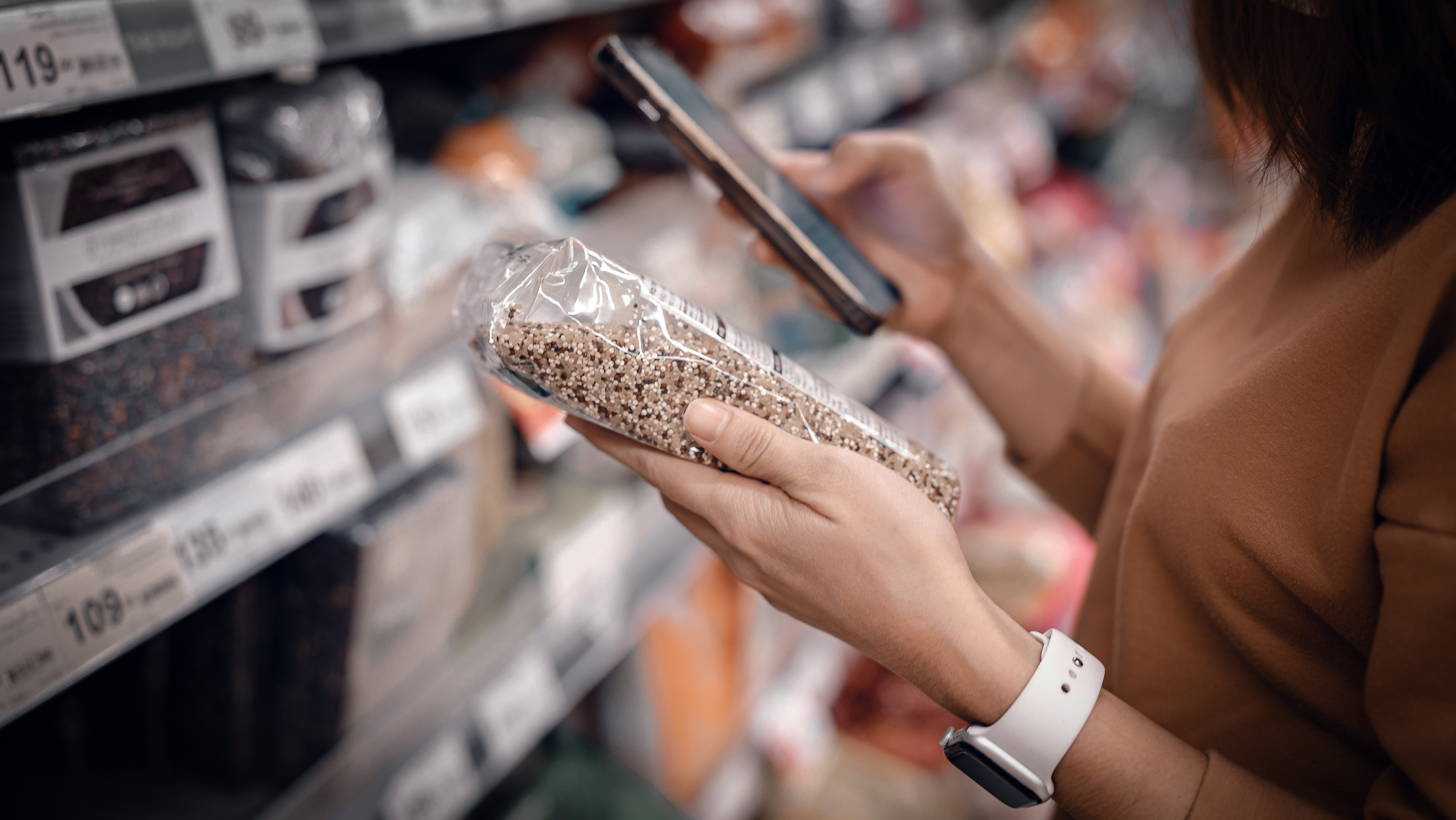Ever wondered what makes your favourite store-bought ice cream so deliciously smooth, creamy, and mouth-filling? Or what makes packaged, ‘fresh’ sliced bread so soft and fluffy, yet last for weeks? Or the peanut butter you slather onto it so perfectly velvety?
Credit for all this, and for much more, goes to the best friend of industrial food manufacturers: emulsifiers, a seemingly magical class of chemicals that act as thickeners, stabilisers, and above all, texture enhancers. Emulsifiers are used in just about every ultra-processed food (UPF), including in South Africa: From salad dressings and soups to sauces, fruit juices, smoothies, dairy products, packaged biscuits, muffins and cakes, chocolates and sweets.
But now, results from a large-scale, long-term study in France called Nutri-Net Santé have confirmed a link between the quantity of emulsifiers consumed (in the course of eating ultra-processed foods) and the risk of type 2 diabetes. Nutri-Net Santé is the first “large-cohort” study (involving huge numbers of participants) to measure precisely consumers’ exposure to food-additive emulsifiers. The study assessed the foods consumed by more than 104,000 French adults over 14 years (2009 to 2023) as part of their normal daily diet.
The Nutri-Net Santé findings build on previous studies that have “suggested potential detrimental effects of emulsifiers on gut microbiota, inflammations, and metabolic perturbations,” the authors wrote in The Lancet Diabetes & Endocrinology, a scientific journal. Its results also build on more established scientific findings: That increased consumption of UPF is associated with obesity and diet-related non-communicable diseases (NCD) such as hypertension, diabetes, certain cancers and risk factors for cardiovascular diseases.
It is the industrially-made, added emulsifiers in ultra-processed foods (UPF) – among the vast range of other chemicals in them – such as carboxylmethyl cellulose and polysorbate 80 that may contribute to these increased risks, the Nutri-Net Santé results suggest.
Emulsifiers are also now believed to be playing havoc with our gut microbiomes – those communities of trillions of bacteria that live in each of our digestive tracts and produce thousands of vital chemicals we need to keep our digestive, immune, and hormonal systems functioning properly – and are increasingly understood to also play a crucial role in our mental health. (See our article on how mental health and unhealthy food can be linked.)
“If we’re eating a lot of UPFs, that means we’re eating a lot of emulsifiers,” said Dr Federica Amati, head nutritionist at Zoe Science and Nutrition, in a recent Zoe podcast. Amati calls them a “hidden” health risk, saying that Nutri-Net Santé highlights that “industrial emulsifiers are widespread across many categories of ultra-processed foods, making their likelihood of unacknowledged consumption quite high”.
More than 100 emulsifiers are permitted for use across food categories in South Africa, the National Department of Health (NDOH) told Daily Maverick, adding: “The maximum levels and conditions for the use of emulsifiers in foods are aligned with international standards.” For comparison, 171 food-additive emulsifiers have been approved by the United States’ Food and Drug Administration for use in human food, while the UK’s Food Standards Agency has approved 61.
What do emulsifiers do?
Manufacturers of ultra-processed foods long ago mastered the trick of emulsification – getting oil-based and water-based food substances to blend, or getting any kind of food substance to attain a fine, smooth consistency.
But not all emulsifiers are created equal. Naturally occurring emulsifiers are not harmful, when present in the natural structure of a whole food such as in eggs, or rice. It is the industrial kind – chemical extractions or creations such as carboxylmethyl cellulose, soy lecithins, carrageenans, guar gum, xanthan gum, polysorbate 80, mono- and diglycerides, and more than 100 others that are added to food, that are in the spotlight for their potential harms.
Emulsifiers make it easier for industrial food manufacturers to make just about any food smoother, longer-lasting, shelf-stable, softer, or crispier (yes, both, depending on the product). This is why emulsifiers are present in most industrial baked goods (they also improve dough handling, volume, and aeration) and are widely used in foods marketed as “healthy” – low-fat dairy products (yogurt is a prime suspect), vegetable-based dips, plant-based “meat”, “cheese” and nut-butter alternatives – because they make up for the creamy mouthfeel otherwise lost when the fat content in a food is reduced. They are found even in some commercial fruit juices and smoothies.
And here’s another fun fact: The most widely used, cellulose-based emulsifier in the world used in every category of UPF product – called carboxylmethyl cellulose (CMC), or “cellulose gum” - is also used in “a variety of glues” as well as detergents, paint and laxatives. This is the cold, gummy underbelly of ultra-processed foods, which make up almost 40% of the average South African’s daily energy intake and take up 76% of the shelf space in our supermarkets.
These numbers are even higher in the United States, where UPF products make up 60% of average daily intake, and in the United Kingdom, where the already-high average UPF intake of 57% masks the even scarier 66% among adolescents. DM
Read Part Two of this article here.





